Welcome to Playa Cativo Lodge
Eco Luxury Lodge across the Osa Peninsula
Experience an immersive journey deep into the heart of the Costa Rica tropics at Playa Cativo Lodge. Imagine clear waters of serene turquoise and emerald palettes surrounded by lush and incredibly biodiverse tropical rainforests. Hidden amidst the paradise of the Osa Peninsula, our luxury boutique eco lodge is an intimate haven offering elegant accommodations, world-class amenities, and endless opportunities for the perfect balance of relaxation and adventure.
Take the opportunity to visit Corcovado National Park while staying at Playa Cativo Lodge. Our team will be delighted to help you plan all the details!

The perfect place to get away
Here, guests enjoy the only luxury hotel in the area with immediate access to the Golfo Dulce, rooms cooled by ocean breezes, and delicious farm-to-table cuisine. With its lush vegetation, exotic wildlife, and private beach, it is the perfect place to get away, relax, and reconnect with loved ones.
Indulge the Wilderness with us
After spending time at this stunning boutique eco lodge on the pacific coast of Costa Rica, it is easy to see why Travel + Leisure named our hidden gem one of its “Top 50 Best Romantic Vacations.”
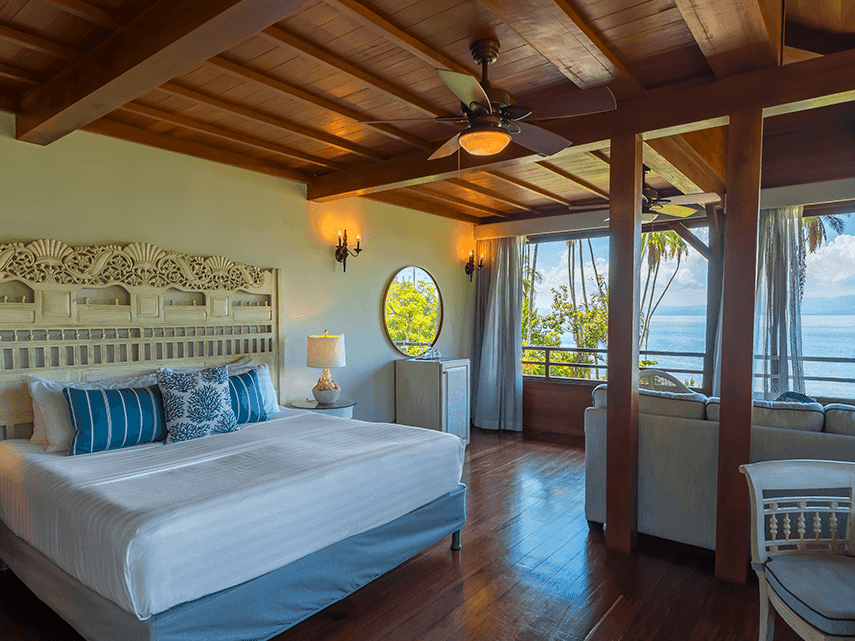
Deluxe Ocean View
The Deluxe Ocean View Guestrooms offer a luxurious sanctuary where guests can immerse themselves in the untamed beauty of the surroundings, all while enjoying the utmost comfort and tropical elegance.
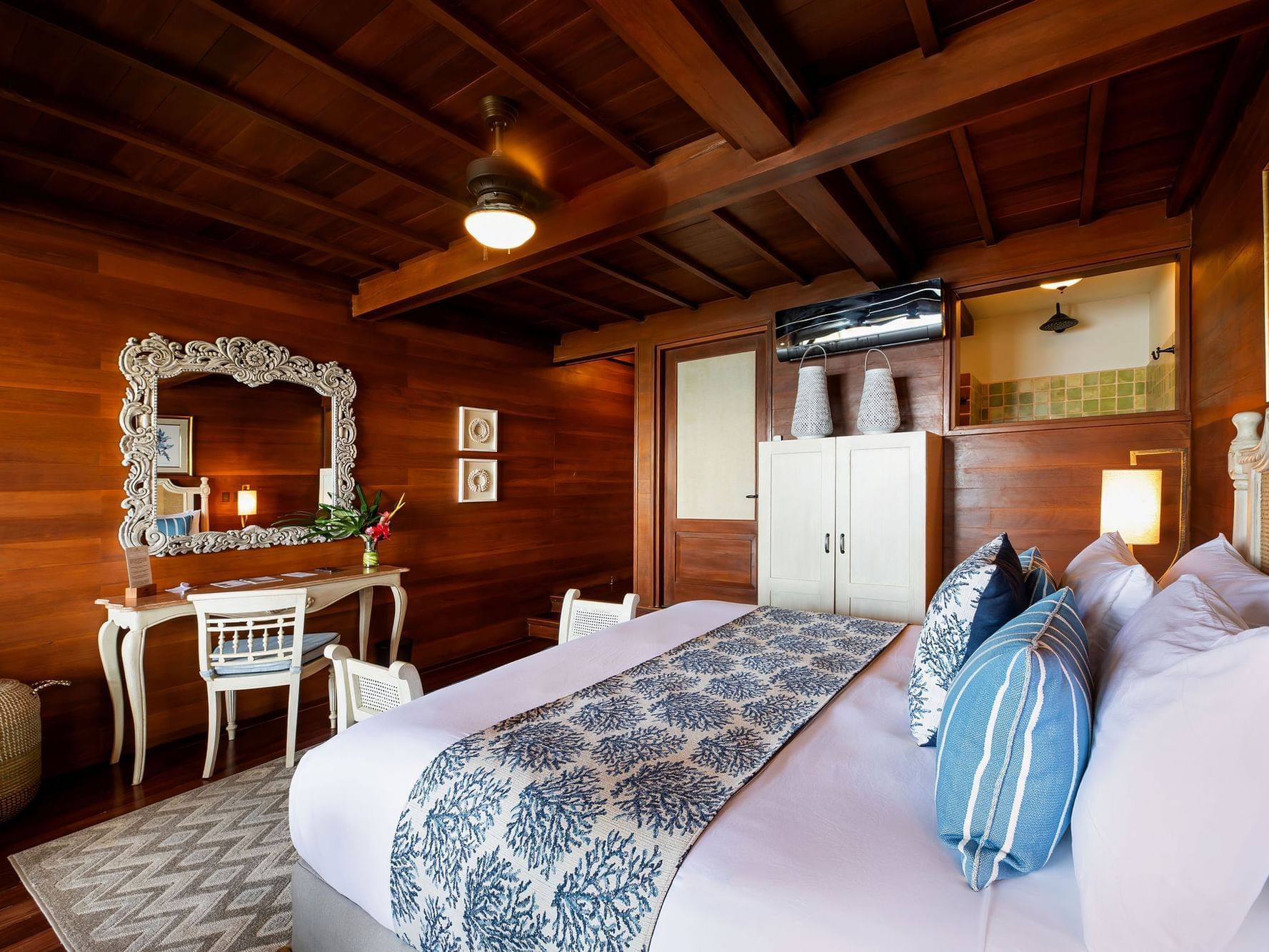
Premium Ocean View with A/C
The Premium Ocean View Guestroom offers a luxurious sanctuary where guests can immerse themselves in the untamed beauty of the surroundings, all while enjoying the utmost comfort and tropical elegance, complete with A/C.
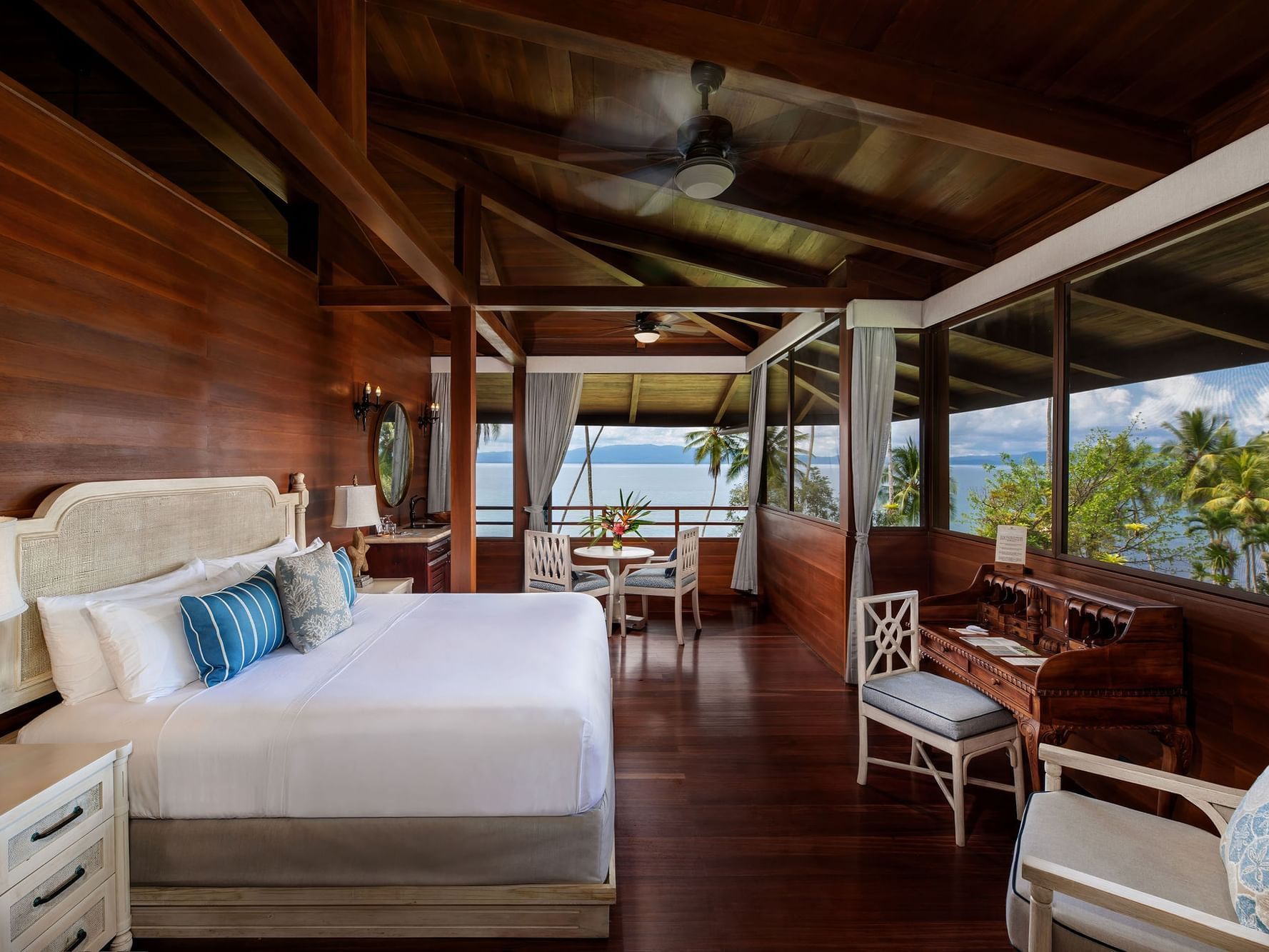
Deluxe Panoramic Ocean View
With a king bed and sofa bed, Deluxe Panoramic Ocean View Guestrooms are designed to accommodate up to three guests, providing them with awe-inspiring 180° views of the Gulf.
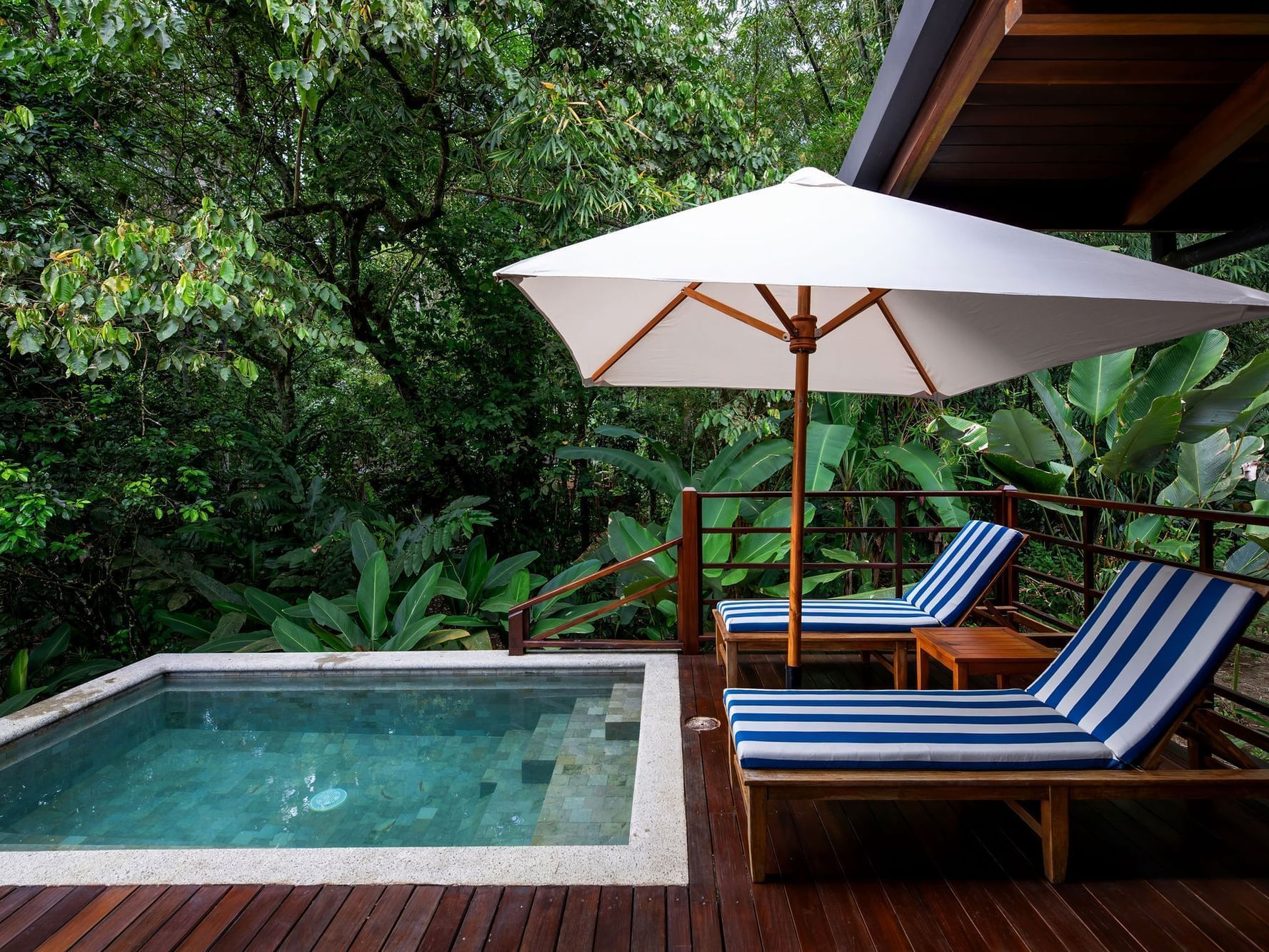
Luxury Casita Plunge Pool
Experience the epitome of luxury and comfort with our exquisite Luxury Casitas featuring a private al fresco terrace and invigorating plunge pool.
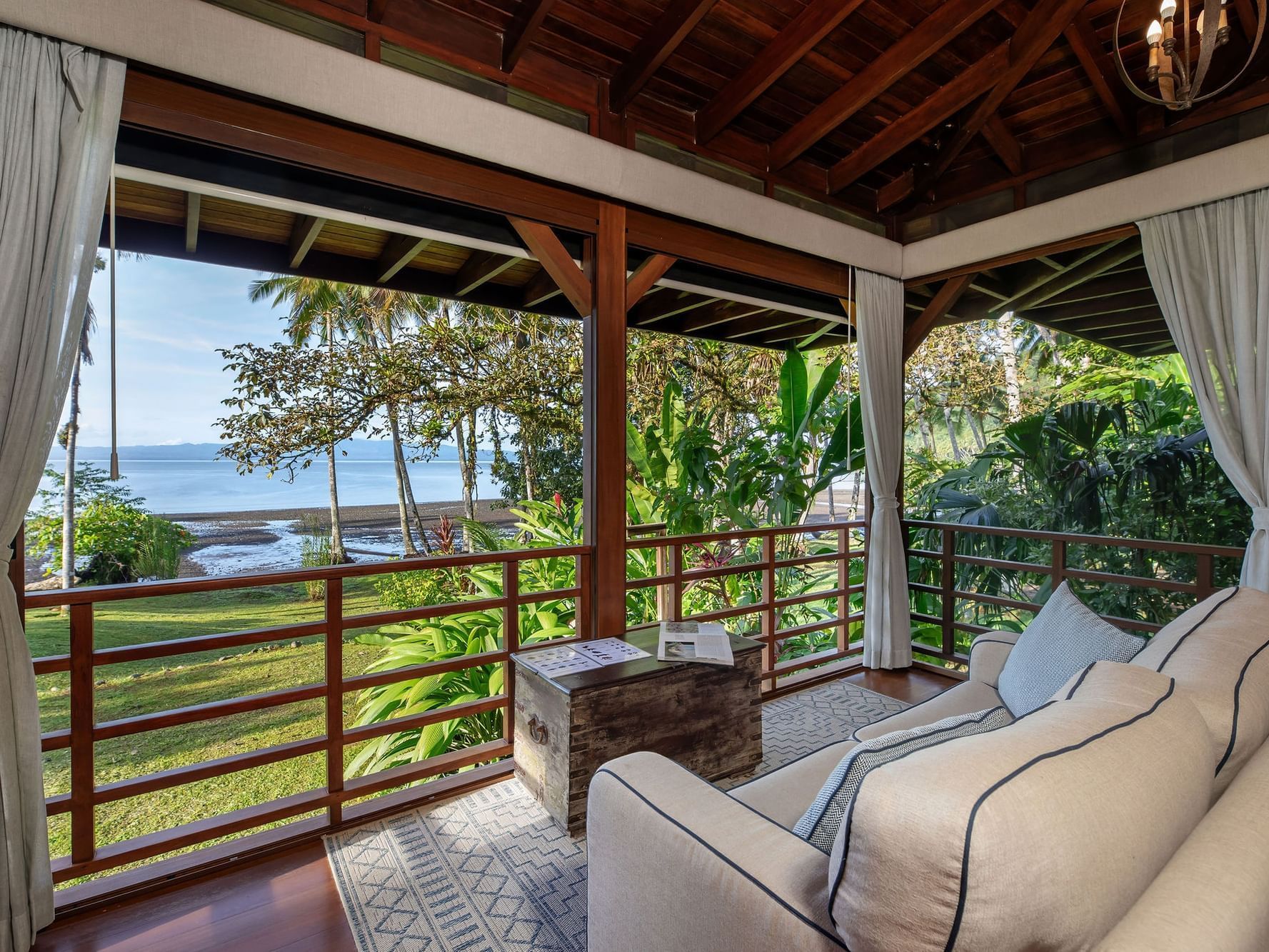
Ocean Front Casita
For couples seeking a truly romantic escape, the Ocean View Casita is the perfect choice.
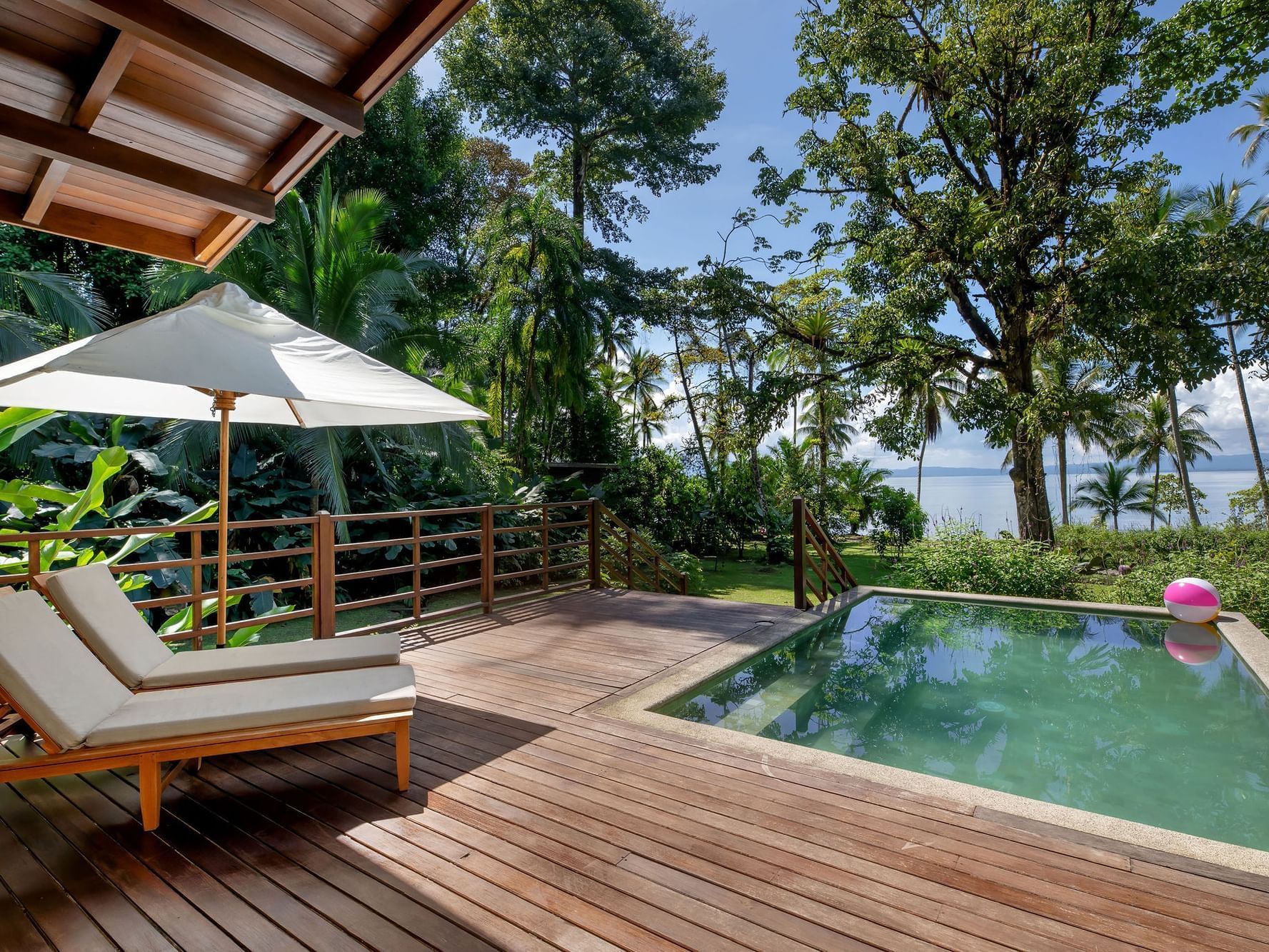
Family Ocean View Villa
Our Family Ocean View Villa offers an extraordinary and opulent sanctuary for families or groups of friends.
PLAYA CATIVO STAYS INCLUDES:

Breakfast included plan:
- Meet and greet at the dock and round-trip scenic boat transfer (30 min).
- Lodging
- À la carte breakfast
- Access to self-guided hiking trails of the Nature reserve in Golfo Dulce.
- Concierge services and Wi-Fi in all rooms and social areas.
- Daily maid service
Cativo full experience plan:
- Meet and greet at the local airport (Golfito or Puerto Jimenez) with transfers to/from the dock.
- Round-trip scenic boat transfer (30 min).
- Three à la carte, multi-course meals per day.
- Freshly brewed specially coffees and teas.
- Use of kayaks, stand-up paddleboards, and snorkeling gear in Cativo bay.
- Morning mindful movement sessions.
- The introduction to the tropical rainforest guided tour (1.5 hours).
- Access to self-guided hiking trails of the Nature reserve in Golfo Dulce.
- A seasonal gift in-room amenity.
- Concierge services and Wi-Fi in all rooms and social areas.
- Twice-daily maid service.


Where we are
Surrounded by Costa Rica’s Osa Peninsula, named “the most biologically intense region on earth” by National Geographic, the resort is only accessible by boat and is encompassed within 1,000-acre of Private Nature Reserve in Golfo Dulce amidst Piedras Blancas National Park. Once you step off the free boat transportation provided by the hotel, your real adventure begins.
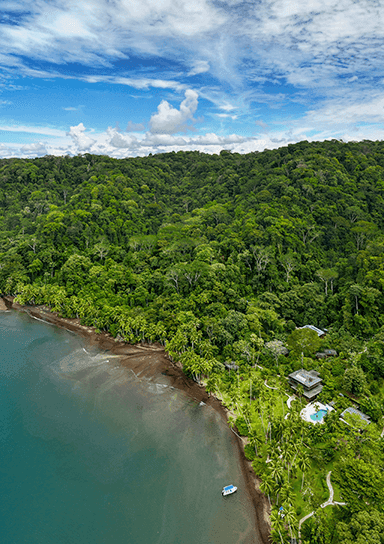
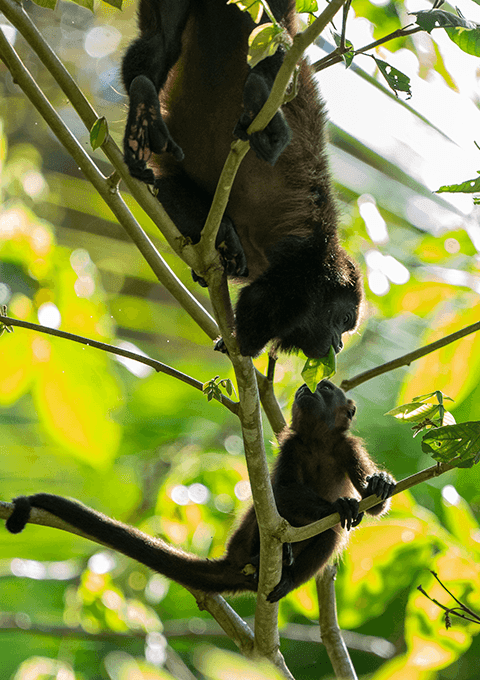

Where we are
Surrounded by Costa Rica’s Osa Peninsula, named “the most biologically intense region on earth” by National Geographic, the resort is only accessible by boat and is encompassed within 1,000-acre of Private Nature Reserve in Golfo Dulce amidst Piedras Blancas National Park. Once you step off the free boat transportation provided by the hotel, your real adventure begins.
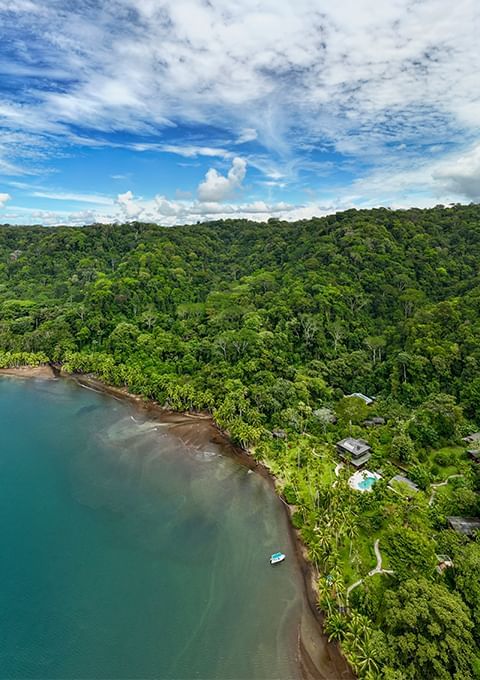
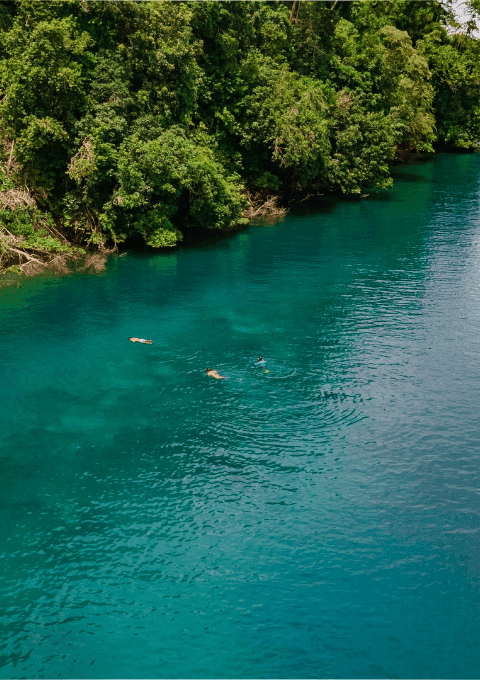
Lush vegetation, exotic wildlife, and private beach...
- More than 25 bird species can be spotted at PC Lodge
- Golfo Dulce has been declared Certified Whale Heritage Site by the World Cetacean Alliance
- Our main neighbor is Piedra Blancas National Park

Corcovado Wilderness Adventure Tour
The organization of the Corcovado National Park tour is handled with attention to every detail to ensure an exceptional experience for our customers:
- Discover a variety of fascinating trails throughout the day.
- See a diverse array of animals and plants in their natural habitat.
- Visit a beautiful beach with two nearby rivers.
- Wander through additional trails in the secondary forest.
Experiences
Enjoy a connection with the stunning beauty of Costa Rica through experiences like no other. Explore the area, encounter a sanctuary of wildlife, and release the worries of everyday life to rejuvenate your mind and body. We can’t wait to welcome you here.
Experiences
Enjoy a connection with the stunning beauty of Costa Rica through experiences like no other. Explore the area, encounter a sanctuary of wildlife, and release the worries of everyday life to rejuvenate your mind and body. We can’t wait to welcome you here.
Specials
Here, guests enjoy the only hotel in the area with immediate access to the Golfo Dulce, luxury rooms cooled by ocean breezes, and delicious farm-to-table cuisine.

Secluded Jungle Paradise
I stayed 5 days in this place (a yoga retreat). The location is beautiful: just in the jungle. You feel secluded.
The property is beautiful and the service is just the best. Everybody was proud of their work and took care of us. The food was delicious and diverse. The excursions were very fun. Highly recommend for anybody who wants to recharge.
Sveta S TripAdvisor - Boulder, Colorado
Serene and Gorgeous
This place is incredibly special. Its remoteness is an asset-arriving by boat is an absolute pleasure, and the fact that all of the surrounding landscape is totally untouched is remarkable-to look out from the beach and not see a single other structure is an amazing experience.
AndreawX67960] TripAdvisor - United States
Out of This World Experience
Arriving at Playa Cativo felt like being in a movie or National Geographic special. Incredible setting. Our room was like somewhere Ernest Hemingway would write - so romantic and otherworldly. We were amazed at every meal - how do they prepare these gourmet meals in the middle of nowhere? Our yoga classes were wonderful, again, in a setting beyond the ordinary.
SLO TripAdvisor - Durres, Albania
